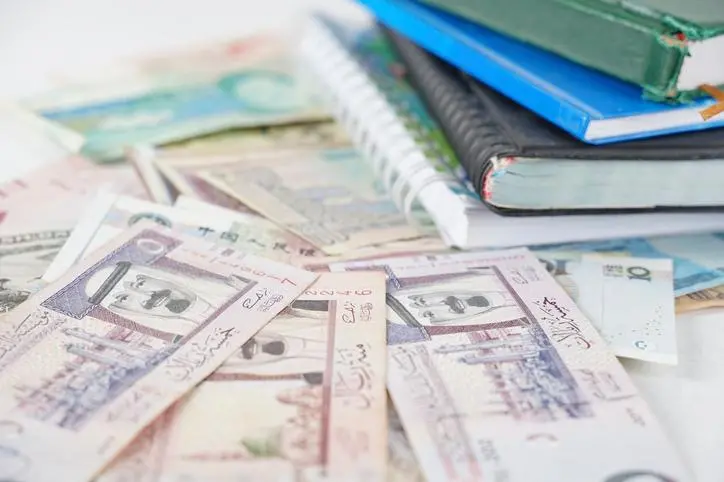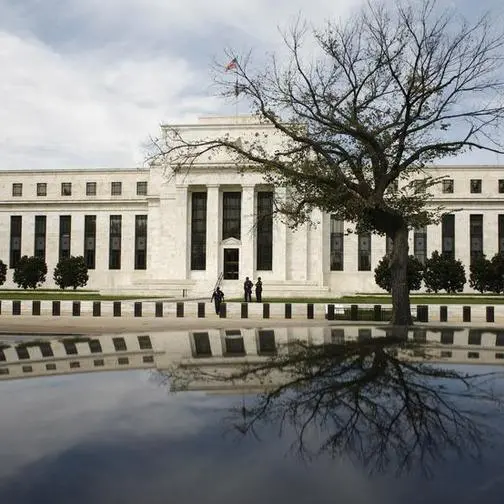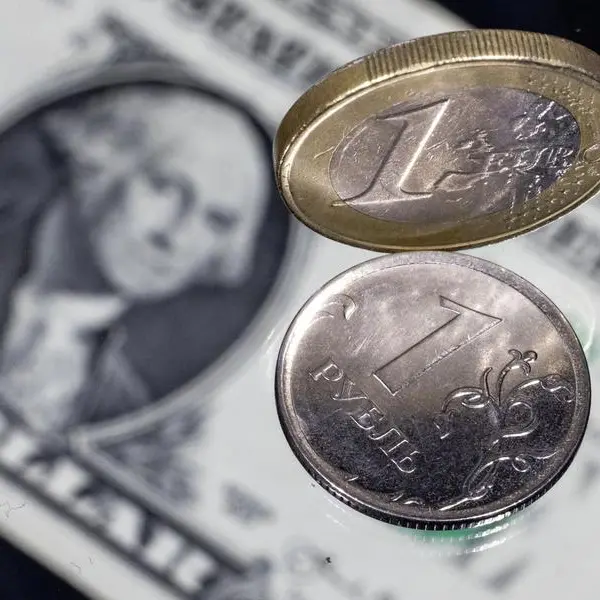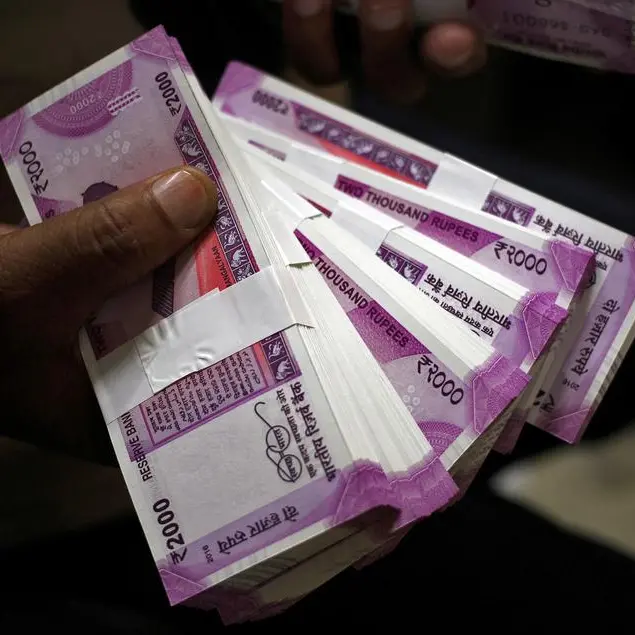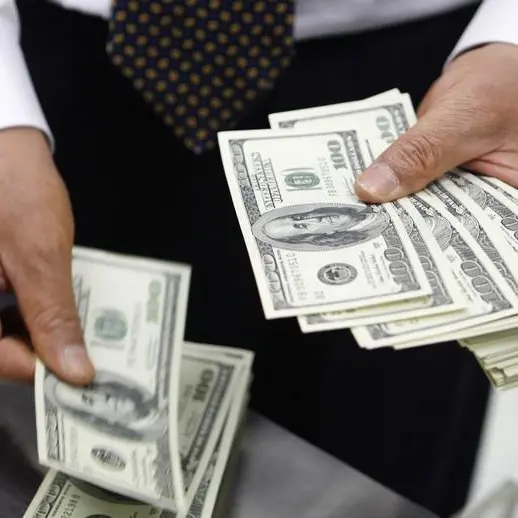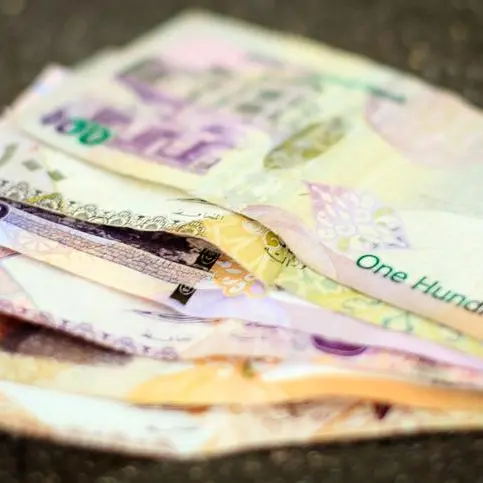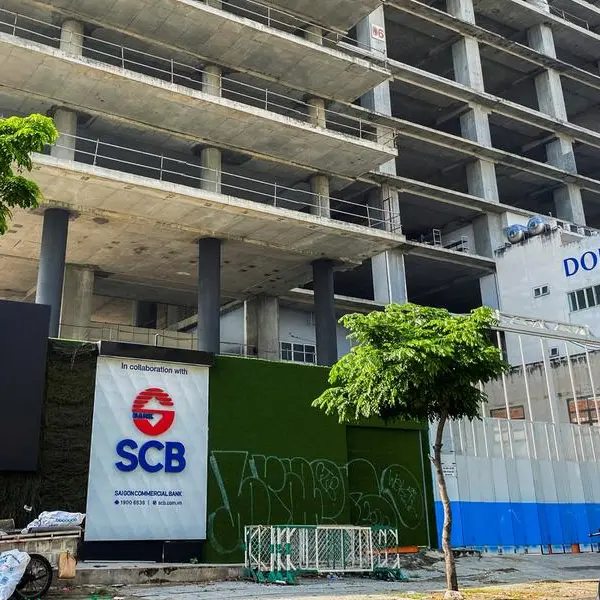PHOTO
Saudi Arabian banks are facing less short-term liquidity pressure thanks to the recent 50 billion riyal ($13.3 billion) liquidity support from the Saudi Central Bank (SAMA), said S&P Global Ratings in a new report.
"However, the system will need private and public sector deposits to have the strength needed to sustain the pace at which it is expanding its lending book," said Mohamed Damak, an analyst at the agency.
Without commensurate deposit growth, lending growth may slow or banks may resort to external liabilities amid less supportive market conditions than a few months ago, the report said.
The pressure on banks' liquidity stems from deposit growth remaining lower than lending expansion over the past few years. This caused the loan-to-deposit ratio to hit the 100 percent mark on March 31, 2022. “Nevertheless, the banking system continues to be in a net external asset position, underpinning our view of the strength of the system's funding profile.”
Saudi banks grew by around 15 percent in 2020-2021 on the back of mortgages, consumption loans, and lending to small and midsize enterprises. "We expect this trend to continue in 2022-2023, with lending expanding by 10-12 percent. This time, we anticipate that the expansion would be fueled by corporate lending, as Vision 2030 projects take off, and mortgages, although to a lesser extent, as the market progressively becomes saturated."
S&P expects that the current liquidity strain may act as a catalyst for the development of the local capital market through a higher volume of bank issuances or through divestment of some of their assets, particularly mortgages to the Saudi Real Estate Refinance Co. or issuance of residential mortgage backed sukuk or covered sukuk.
"Although we still have a positive view on the banking sector's funding and liquidity profile, we recognize the potential challenges from the expected increase in interest bearing instruments. In particular, we note that liquidity shifting from non-interest-bearing instruments as rates increase will likely prevent Saudi banks from fully realizing the potential benefit of raising interest rates."
(Writing by Brinda Darasha; editing by Daniel Luiz)
